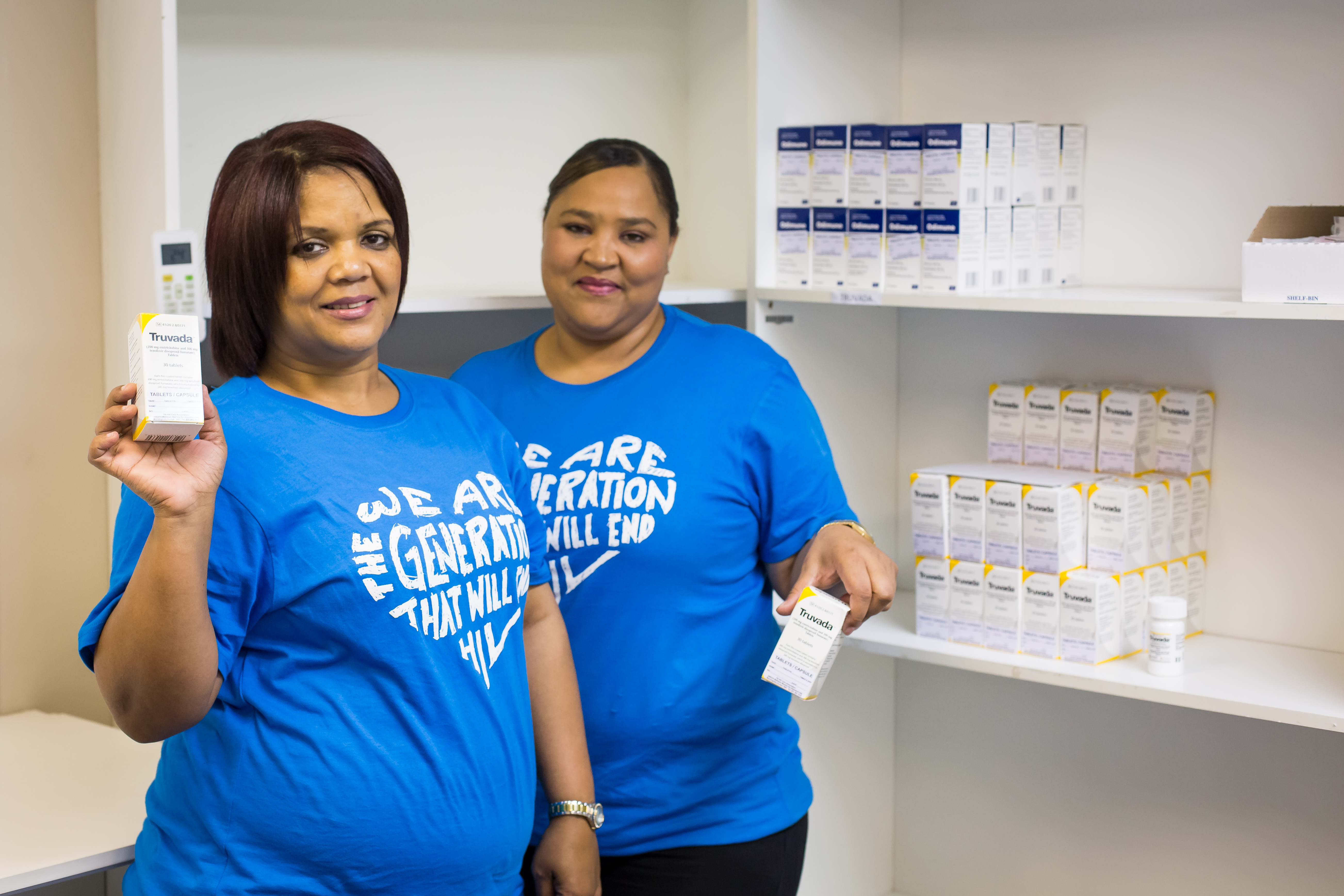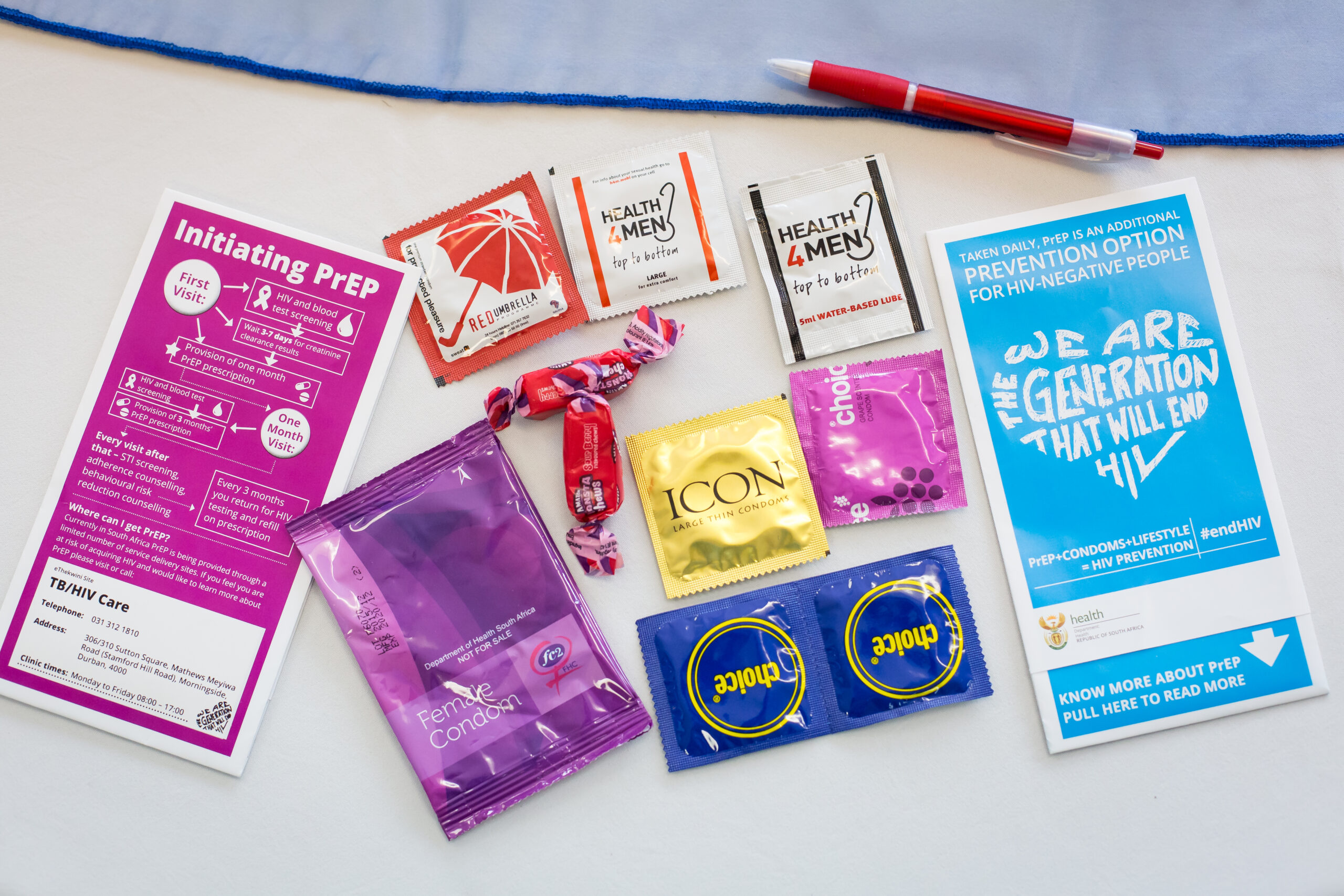This blog has been reposted from Prepwatch.org; the original posting can be found here. Contributed by Neeraja Bhavaraju and Daniela Uribe from FSG, a member of the OPTIONS Consortium.
In June 2016, South Africa’s National Department of Health began making oral pre-exposure prophylaxis (PrEP) available to sex workers. This represented the first time that any PrEP product was made available outside of a research study or demonstration project in an African country. In the first six months, hundreds of women have started taking PrEP from a network of 11 sites across five provinces in South Africa.
Maria Sibanyoni, program manager of the sex worker program at Wits RHI, a research institute focusing on sexual and reproductive health, HIV and vaccine preventable diseases, shared some early insights on what she has learned about delivering PrEP. These are some of the first “real world” insights that we have about PrEP delivery, and they will be invaluable to the wider rollout of PrEP in South Africa and beyond.
Lesson #1: Meeting people where they are increases access and uptake
A multi-channel strategy supports PrEP uptake
“One of the approaches that we use to provide services is through fixed facilities. Sex workers are able to access these facilities anytime. The second approach is outreach. We go out with a package of services—medicines, equipment, and HIV test kits—and reach out to the sex workers in brothels. When we get to the brothels we request a room and set up a clinic to provide services in the brothel itself. The third approach is a mobile van. We are targeting those who are street-based, whether they are operating at the bush, on the highway, under the bridge, wherever, to reach those sex workers using a mobile van where we provide a comprehensive package of services. The fourth approach is using the peer educators, who form a link between the clinic and the sex workers because they do lots of referrals, they go out there, they mobilize, they also provide HIV testing services including finger pricking, give health talks, they talk about PrEP quite a lot, but also they make sure that they link the sex workers to our services so that they are able to access PrEP.”
Lesson #2: Those with high HIV-risk perception more frequently use and adhere to PrEP
Raising awareness among potential PrEP users about their own risk is a strategy to generate demand for PrEP and ensure higher levels of adherence.
“With sex workers, the ones who see themselves at risk are keen to take-up PrEP. However, those who are just worried will start coming up with excuses: ‘I can’t take a pill every day.’ They are worried for now but they are willing to take the risk. Those who see themselves being at risk know PrEP will help them. People know their lifestyle and who they engage with, they know the factors that are pushing them to request it.”
Area for further study
While it is clear that some women are “self-selecting” to use PrEP, we still don’t know whether those women who are “self-selecting” are those at highest risk for HIV transmission. Further study on this issue could mitigate concerns about the “worried-well” driving PrEP demand and will help inform plans for broader PrEP introduction.
Lesson #3: Creating a community of support increases adherence
From peer educators to friends, having a community to create accountability can make all the difference.
“We have looked at different strategies of adherence. We look at a buddy system – who are they bringing or identifying as their support person or support structure that will ensure that they take treatment on time and they come in for their check-ups. We also keep a register to ensure that those who do not honor their appointment are traced, telephonically and physically. We have peer educators who do the physical tracking. They go to the brothels to find the sex workers, even though they are mobile; the peer educators have been in the area and have a relationship with the community, and they will have feedback and information about where they are.”
Lesson #4: Engaging and supporting health care workers is essential
While PrEP represents a “breakthrough,” it also represents a significant new workload.
“PrEP is new, and as with anything that is new people will react differently. Some of the health care workers see PrEP as a breakthrough. But others see PrEP as an added responsibility that will increase their workload. A clinician used to see someone who was HIV negative and say “’stay negative and we will see you in 6 months or a year’s time.’ But with PrEP now we have to initiate you, call you after a week, call you after a month, call you after three months. So some might think ‘this is actually increasing my workload.’”

Photos by: Dawn Greensides, Wits Reproductive Health and HIV Institute

